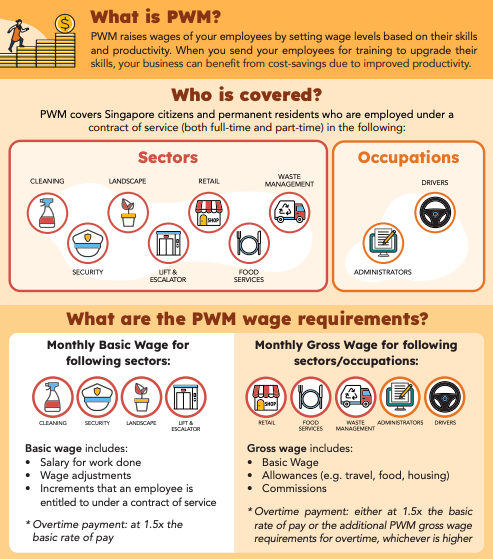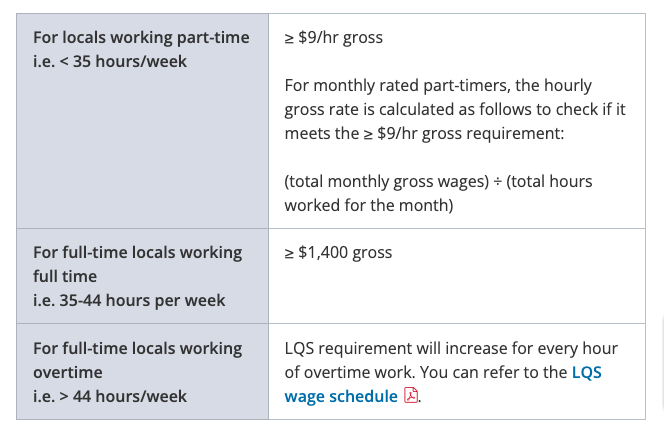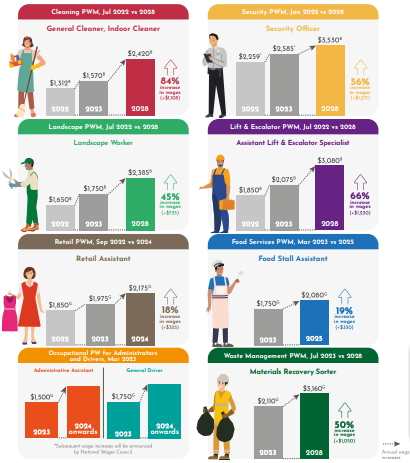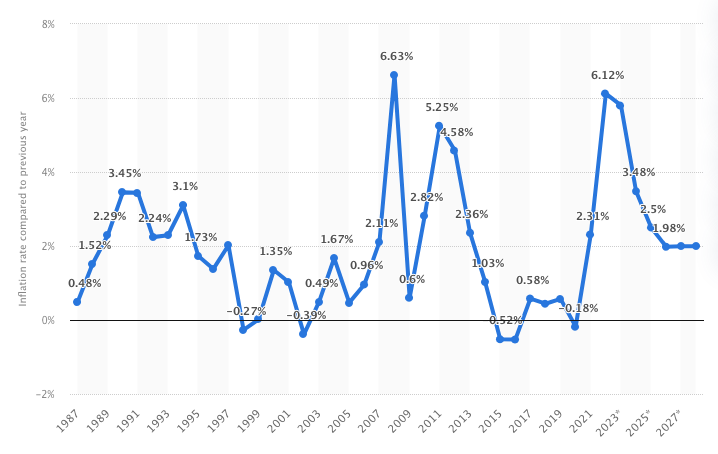In contrast, a living wage would be a broader measure that considers various factors beyond the scope of the Progressive Wage Model. The Minimum Income Standard estimates that the average living wage in Singapore, between different household types and age groups, is approximately S$2,990 per month.
Comparing the two approaches, a living wage could address income inequality more comprehensively by focusing on the workers’ ability to cover their basic needs and maintain a decent standard of living. However, critics of the living wage argue that setting such a high wage floor may lead to higher unemployment levels and reduced business competitiveness.
In conclusion, both the living and minimum wage have merits and drawbacks in addressing income inequality in Singapore. Understanding the differences between these two concepts can help inform more effective policy decisions and contribute to a more equitable society.
Comparison with Other Countries
When examining minimum wage structures worldwide, comparing Singapore with other countries like the United States, Canada, Japan, and Taiwan is important. Each of these nations has its unique approach to regulating their minimum wage policies, resulting in distinct implications for their overall labor market structure.
While Singapore does not have a mandatory minimum wage, other countries like the United States and Canada enforce minimum wage laws. In the United States, the federal minimum wage is set at $7.25 per hour. However, individual states can set their minimum wage rates higher than the federal level, resulting in varying rates across the country. Similarly, Canada employs a provincial minimum wage system, with each of its provinces determining their minimum hourly wages.
In contrast, Japan and Taiwan have national minimum wage laws, which are standardized across their jurisdictions. Japan holds multiple minimum wage rates based on their different regions, adjusted according to the region’s specific needs. Taiwan, on the other hand, follows a single national minimum wage rate.
It is essential to acknowledge that minimum wages across the ASEAN countries are gradually increasing in response to the rise in the cost of living. However, Singapore still maintains its practice of not imposing a mandatory minimum wage. Instead, the country’s wage structure relies on collective bargaining agreements and negotiations.
Regarding the minimum wages in the APAC region, Singapore’s approach is distinguished as it focuses on ensuring fair and flexible compensation rather than implementing a legislated minimum wage. This unique wage model allows Singapore to remain competitive in the global market while continuing to prioritize workers’ welfare.
Comparing Singapore’s wage structure with countries like the United States, Canada, Japan, and Taiwan reveals various approaches to minimum wage policies. While some nations enforce mandatory minimum wages, Singapore trusts collective bargaining and negotiation to determine fair wages for employees. This distinction highlights the diversity in labor market regulations and emphasizes the importance of considering multiple factors when examining the minimum wage landscape worldwide.
Role of Employers and Employees
Singapore’s approach to minimum wage is built around the Progressive Wage Model. This model is a framework that creates a reliable wage progression pathway for low-wage employees while focusing on productivity and skills improvement. Employers and employees play a significant role in the success of this model.
Employers are expected to adjust to the minimum wage levels set by the government. For instance, from 1 July 2022 to 30 June 2023, general cleaners’ minimum salary increased to $1,312 and $1,530 based on their roles. Employers should provide wage increments as employees undergo training and assume responsibilities requiring higher-value skills.
Another key role for employers is reviewing and initiating efforts to minimize the wage disparity between highly paid and low-wage employees, as a strong minimum wage system can empower the workforce. By following the legally established minimum wage guidelines, employers contribute to overall employment stabilization and prevent instances of employee exploitation through below-market rates.
On the other hand, employees must actively participate in skill development and upgrade their competencies as they advance in their careers. Employees must stay committed to personal and professional growth as the Progressive Wage Model links wage increases with skills improvements.
The success of Singapore’s Progressive Wage Model depends on the active involvement and collaboration of both employers and employees. While employers must adhere to established wage guidelines and support skill development in the workforce, employees should embrace the opportunities for upskilling and be proactive in their career progression.
Influence on Singapore’s Economy and Competitiveness
Singapore’s approach to minimum wage has been unique compared to other countries, focusing on innovative labor market policies that directly impact its economy and competitiveness. The nation has opted for a Progressive Wage Model instead of a standard minimum wage policy to address the stagnation of low-wage workers’ incomes.
Implementing the Progressive Wage Model promotes productivity growth and facilitates skills upgrading for low-wage workers. One of the key effects of this model is the increased competitiveness of the local workforce. This helps Singapore maintain its position as a global economic powerhouse.
Concerning core inflation, the unique wage model adopted by Singapore helps sustain manageable inflation levels for the entire economy. By fostering gradual wage growth for low-income workers, this system may decrease the chances of sudden wage inflation or negative impacts on the local purchasing power.







